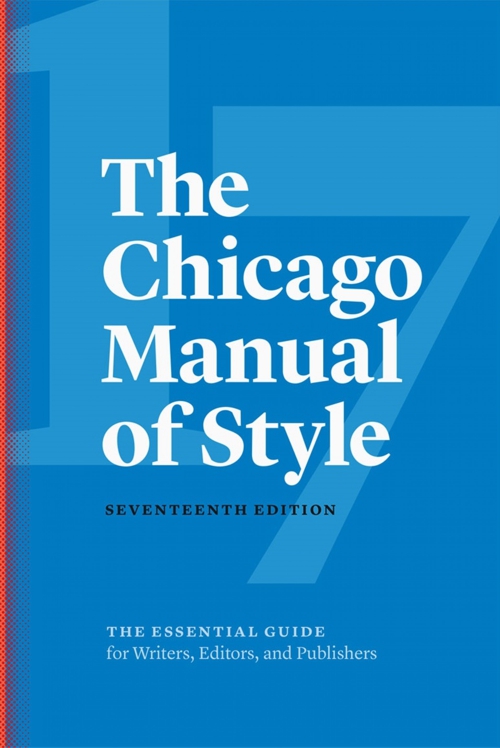 Chicago Manual of Style
Chicago Manual of Style
SEVENTEENTH EDITION
Page 665 and 666
11.128 Glosses in ASL. The written-language transcription of a sign is called a gloss. Glosses are words from the spoken language written in small capital letters: WOMAN, SCHOOL, CAT. (Alternatively, regular capital letters may be used.) When two or more written words are used to gloss a single sign, the glosses are separated by hyphens. The translation is enclosed in double quotation marks.
The sign for “a car drove by” is written as VEHICLE-DRIVE-BY.
One obvious limitation of the use of glosses from the spoken/written language to represent signs is that there is no one-to-one correspondence between the words or signs in any two languages.
Please note, prior references to 16th Edition 11.147 Glosses in ASL read exactly the same, but different section.
https://www.chicagomanualofstyle.org/
The Australian Style Manual
Capitalise the first word in a sentence and in headings
Capitalise the first word in a sentence. Use lower case for all other words, unless those words include proper nouns. This is called ‘sentence case’.
Use sentence case for:
Do not use all capitals for headings, unless the visual design for the content meets WCAG 2.1 in all respects.
Use sentence case with italics for titles of works mentioned in the content. This applies even when the reference is included in a heading within the content.
Source: https://www.stylemanual.gov.au/grammar-punctuation-and-conventions/punctuation/punctuation-and-capitalisation#capitalise_the_first_word_in_a_sentence_and_in_headings
Plain English and the Law: the 1987 Report Republished (html)
138 Spelling should follow Australian practice. The preferred spelling in the latest edition of the Macquarie Dictionary should be used if a word has an alternative spelling. If a word cannot be found in that dictionary, then the Shorter Oxford English Dictionary should be used. The Style Manual is also a useful source of information, for example, on matters of capitalisation and the position of breaks in words.
Summary
English
NOT ENGLISH
